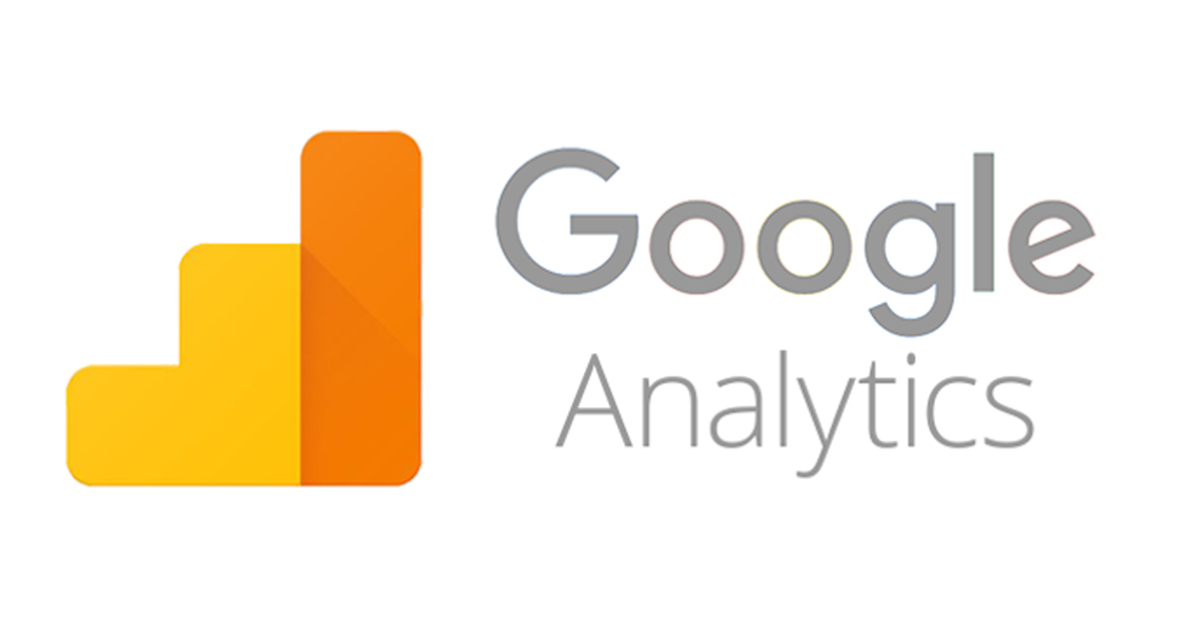 |
| TheDigitalGyani.blogspot.com |
The newer version of Google Analytics tracking code is understood because the asynchronous tracking code,[18] which Google claims is significantly more sensitive and accurate, and is in a position to trace even very short activities on the web site . The previous version delayed page loading, and so, for performance reasons, it had been generally placed just before the </body> body close HTML tag. The new code are often placed between the <head>...</head> HTML head tags because, once triggered, it runs in parallel with page loading.[19] In April 2011 Google announced the supply of a replacement version of Google Analytics featuring multiple dashboards, more custom report options, and a replacement interface design.[20] This version was later updated with another features like real-time analytics and goal flow charts.[10][21]
In October 2012 another remake of Google Analytics was announced, called 'Universal Analytics.'[22] The key differences from the previous versions were: cross-platform tracking, flexible tracking code to gather data from any device, and therefore the introduction of custom dimensions and custom metrics [23]
In March 2016, Google released Google Analytics 360, which may be a software suite that gives analytics on return on investment and other marketing indicators. Google Analytics 360 includes five main products: Analytics, Tag Manager, Optimize, Data Studio, Surveys, Attribution, and Audience Center.[24]
In October 2017 a replacement version of Google Analytics was announced, called Global Site Tag. Its stated purpose was to unify the tagging system to simplify implementation.[25]
In June 2018, Google introduced Google Marketing Platform, a web advertisement and analytics brand.[26] It consists of two former brands of Google, DoubleClick Digital Marketing and Google Analytics 360
Comments
Post a Comment